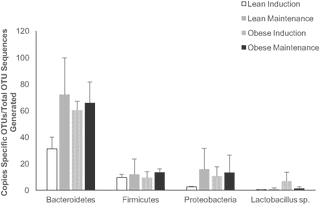Hgreen56
Member
- Joined
- Apr 8, 2020
- Messages
- 723
rp: "In the l940s, farmers attempted to use cheap coconut oil for fattening their animals, but they found that it made them lean, active and hungry."
"animals which ate just a little pure unsaturated oil were fat, and animals which ate a lot of coconut oil were lean"
this study says:
" when fed an excess-calorie, high-fat/cholesterol/fructose diet rich in coconut oil, female Ossabaw pigs developed obesity"

 journals.plos.org
journals.plos.org
its also possible that fructose makes the ossabaw pigs fat ofcourse.
"animals which ate just a little pure unsaturated oil were fat, and animals which ate a lot of coconut oil were lean"
this study says:
" when fed an excess-calorie, high-fat/cholesterol/fructose diet rich in coconut oil, female Ossabaw pigs developed obesity"
Effects of coconut oil on glycemia, inflammation, and urogenital microbial parameters in female Ossabaw mini-pigs
Forty percent of American women are obese and at risk for type II diabetes, impaired immune function, and altered microbiome diversity, thus impacting overall health. We investigated whether obesity induced by an excess calorie, high fat diet containing hydrogenated fats, fructose, and coconut...
its also possible that fructose makes the ossabaw pigs fat ofcourse.
Last edited:
